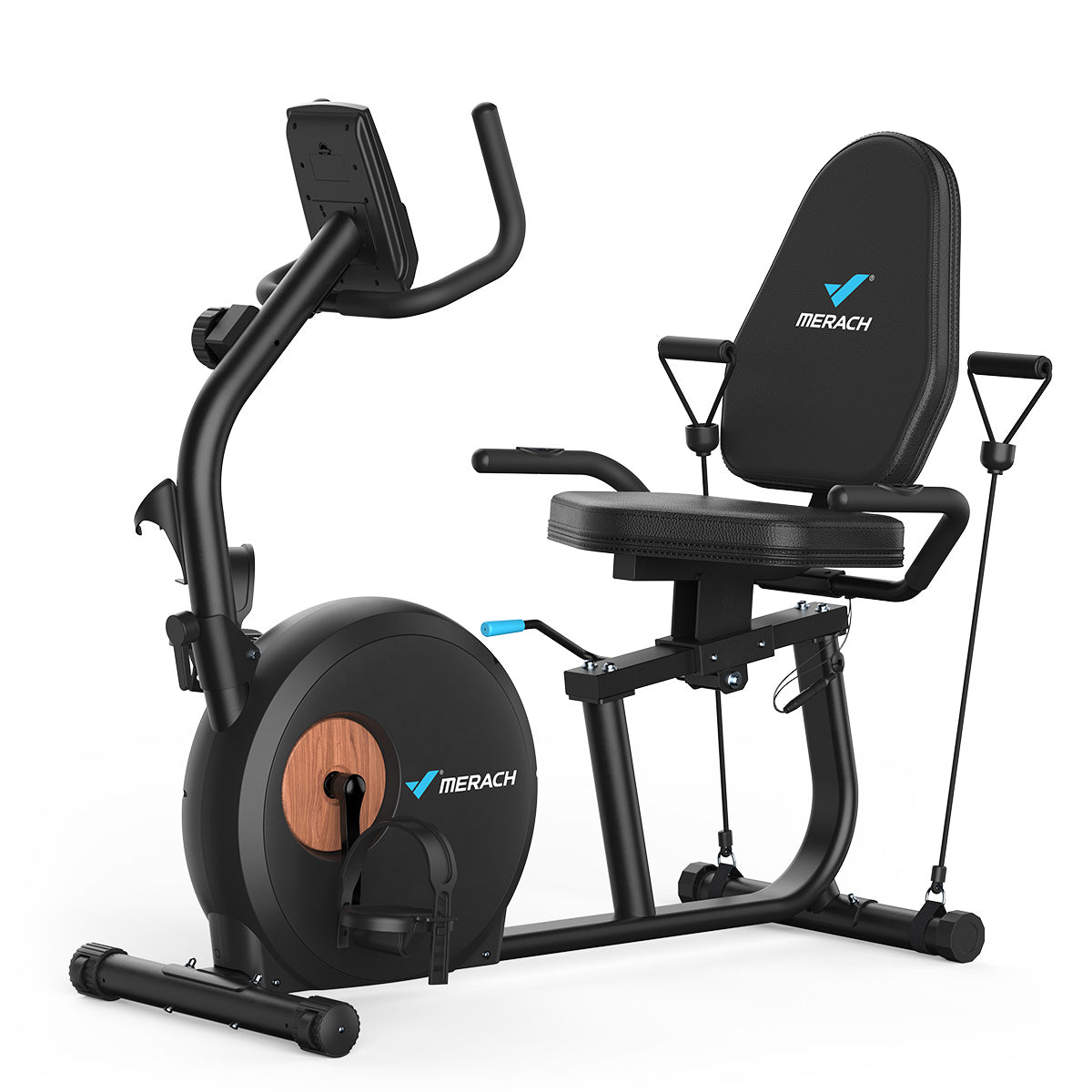How to Build a Balanced Plate with Health Food Essentials
Building a balanced plate is the key to nourishing your body with all the essential nutrients it needs to thrive. With a variety of foods available to choose from, it can sometimes feel overwhelming to figure out the right combination. But don’t worry—mastering the art of constructing a Balanced Plate is both simple and enjoyable once you know the basics. Let’s explore how to create a meal that’s both delicious and full of nutritional goodness!
The Foundation of a Balanced Plate
The foundation of any Balanced Plate Essentials starts with a healthy ratio of macronutrients. The three main components that should be present in every meal are proteins, carbohydrates, and fats. Each macronutrient plays a crucial role in how your body functions, and getting the right balance is essential for sustained energy and overall well-being.
For example, proteins provide the building blocks for your muscles, tissues, and organs. They help repair cells and are vital for growth and immune health. Carbohydrates, on the other hand, are the body’s main source of energy. When eaten in the right portions, they fuel your brain and muscles, keeping you energized throughout the day. Healthy fats are equally important, as they support brain function, hormone production, and help the body absorb vitamins.
Balancing the Macronutrients
To create the perfect Health Food Plate, begin by dividing your plate into three main sections. Half of your plate should be filled with fruits and vegetables, which are rich in vitamins, minerals, and fiber. These foods are low in calories but high in essential nutrients, making them the ideal foundation for any meal. Aim for a colorful array of produce to get a wide range of phytonutrients. Think leafy greens like spinach, brightly colored peppers, and antioxidant-rich berries.
Next, dedicate one-quarter of your plate to whole grains or starchy vegetables. These include foods such as quinoa, brown rice, whole-wheat pasta, or sweet potatoes. Complex carbohydrates provide steady energy without causing blood sugar spikes. When choosing grains, always opt for whole grains as they retain more fiber and nutrients compared to refined grains.
The remaining quarter of your plate should be devoted to a lean source of protein. This could be plant-based proteins like tofu, legumes, and beans, or animal-based sources such as chicken, fish, or eggs. By adding these key Essential Healthy Foods to your plate, you’re ensuring your body has the right nutrients to repair tissues, maintain muscle mass, and keep you feeling full.
Don’t Forget the Healthy Fats
While the majority of your Health Food Plate will focus on proteins, carbs, and vegetables, don’t overlook healthy fats. Though they might seem like a smaller player, fats are critical for absorbing fat-soluble vitamins such as A, D, E, and K. Healthy fats come from sources like avocados, olive oil, nuts, seeds, and fatty fish like salmon. A drizzle of olive oil over your salad or a handful of nuts with your meal will help round out the nutrients.
Building a Balanced Plate for Every Meal
So, how can you apply this approach to everyday meals? Let’s break it down meal by meal.
Breakfast
For breakfast, start with a source of protein such as eggs or Greek yogurt. Pair this with a serving of whole grains like oatmeal or a slice of whole-grain toast. Add a handful of fresh berries or an apple for a touch of sweetness and a dose of fiber. Don’t forget to include a healthy fat source like a few slices of avocado or a sprinkling of chia seeds.
Lunch
Lunch can be a vibrant, veggie-packed salad with leafy greens as your base. Add some grilled chicken or chickpeas for protein, and a portion of quinoa or roasted sweet potatoes for your carbs. Top it off with a light dressing made from olive oil and lemon juice. This meal is a perfect example of how you can bring together all the Balanced Plate Essentials in one satisfying dish.
Dinner
For dinner, think about incorporating lean protein like grilled salmon or tofu. Pair it with roasted vegetables like broccoli, carrots, or zucchini, and a side of brown rice or whole-wheat pasta. A simple side salad with olive oil dressing can provide a bit of extra healthy fat to keep your meal balanced.
The Importance of Portion Control
Another key aspect of Building a Balanced Plate is paying attention to portion sizes. It’s not just what you eat but how much of each type of food you consume. Use your hands as a guide: a palm-sized portion for protein, a fist for vegetables, and a cupped hand for grains. By keeping portion sizes in check, you can prevent overeating and ensure that your plate is balanced not only in terms of nutrients but also in terms of calories.
Hydration Matters Too
While the focus here is on food, it’s important to remember that hydration plays a major role in maintaining a balanced diet. Water is essential for digestion, circulation, and temperature regulation. Drinking water before, during, and after meals can help control hunger and promote better digestion. Aim to drink at least 8 glasses of water throughout the day to keep your body functioning optimally.
Conclusion: A Balanced Plate for Optimal Health
In summary, creating a well-rounded meal with the right balance of macronutrients is the cornerstone of good nutrition. Whether it’s breakfast, lunch, or dinner, following the basic guidelines of Essential Healthy Foods—vegetables, whole grains, lean protein, and healthy fats—will help you stay energized, nourished, and satisfied. By focusing on Balanced Plate Essentials, you’ll be able to make healthier food choices that fuel your body and mind every day.





